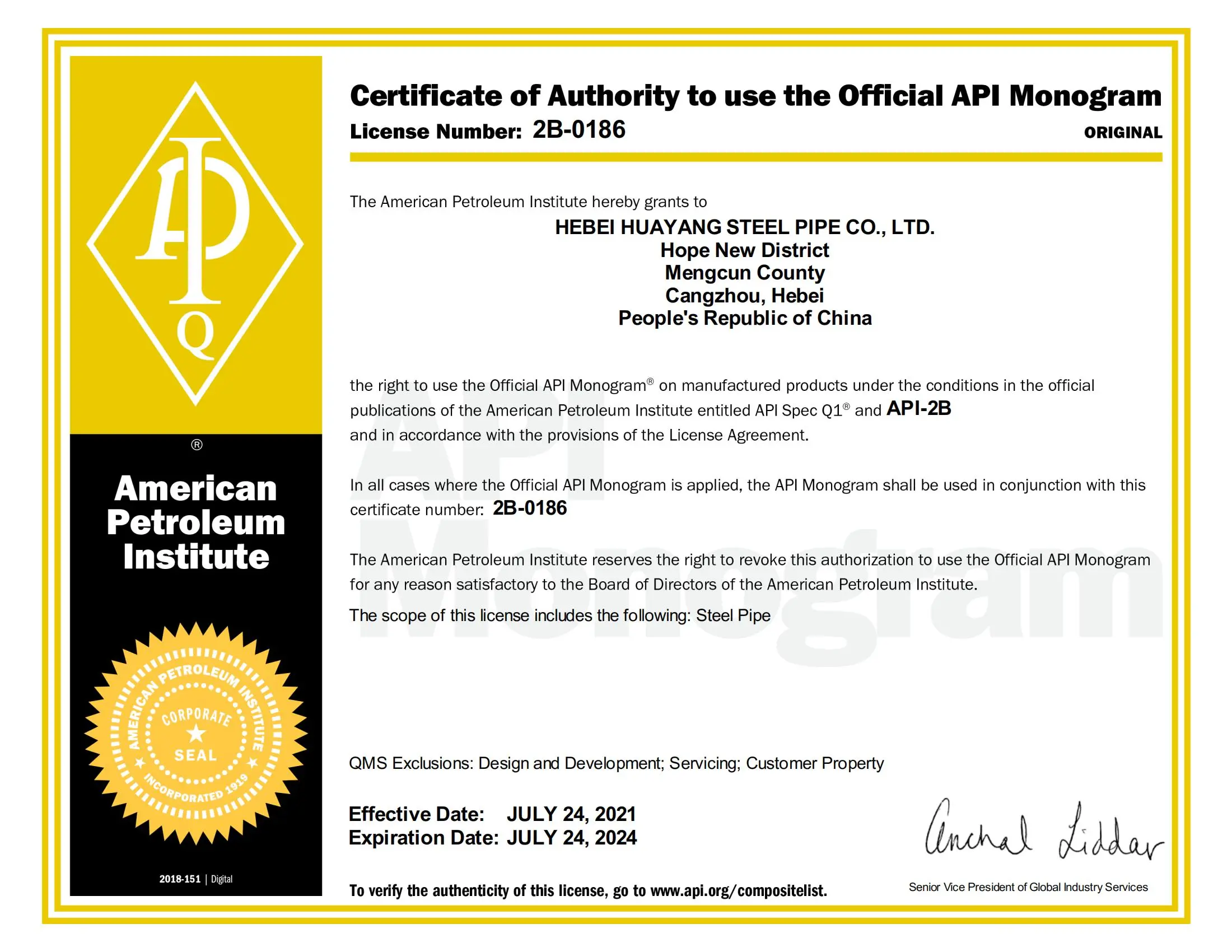
Dec . 11, 2024 11:07 Back to list
hydroxyethyl cellulose thickening mechanism
The Thickening Mechanism of Hydroxyethyl Cellulose
Hydroxyethyl cellulose (HEC) is a water-soluble polymer derived from cellulose, the most abundant organic polymer on Earth. It is extensively used in various industries, including cosmetics, pharmaceuticals, food, and construction, primarily for its thickening, gelling, and stabilizing properties. Understanding the thickening mechanism of HEC is crucial for optimizing its applications and enhancing product performance.
Chemical Structure and Properties
HEC is characterized by the introduction of hydroxyethyl groups into the cellulose backbone, which increases its solubility in water and imparts unique thickening properties
. The degree of substitution and the molecular weight of HEC play a significant role in determining its viscosity and thickening efficiency. Higher molecular weight HEC typically results in higher viscosity solutions due to increased polymer chain entanglement and hydrodynamic interactions.Mechanism of Thickening
At the molecular level, the thickening behavior of HEC can be attributed to several interrelated mechanisms
1. Hydration and Swelling When HEC is introduced into water, the hydrophilic hydroxyethyl groups interact favorably with water molecules. This interaction results in the hydration of the polymer chains, causing them to expand. The increased volume of the polymer in solution leads to a higher viscosity, as the swollen chains impede the flow of water.
2. Polymer Chain Entanglement As the concentration of HEC increases, the polymer chains start to overlap and entangle with one another. This network of interlocked chains creates a physical barrier that resists flow, which contributes significantly to the solution's thickening effect. The extent of entanglement is influenced by factors such as concentration, temperature, and the molecular weight of HEC.
hydroxyethyl cellulose thickening mechanism

3. Hydrodynamic Interactions The presence of HEC alters the flow dynamics of the solution. In a low viscosity solution, the flow is dominated by the movement of water molecules. However, in a high viscosity solution with significant HEC concentration, the movement of water must also navigate around the larger and more complex polymer chains. This resistance to flow results in a thickening effect.
4. Shear Thinning Behavior One of the remarkable properties of HEC is its shear-thinning behavior. When subjected to mechanical stress (such as stirring or pumping), the viscosity of the solution decreases, allowing for easier handling and application. Once the stress is removed, the polymer chains return to their entangled state, restoring the higher viscosity. This behavior is particularly advantageous in applications such as cosmetics and paints, where ease of application is essential.
5. Temperature Effects The thickening ability of HEC is also sensitive to temperature changes. At elevated temperatures, the polymer chains may experience enhanced kinetic energy, leading to greater molecular mobility. This can affect the viscosity characteristics, often resulting in a decrease in thickness at higher temperatures. Therefore, understanding the temperature-dependent behavior of HEC is essential for maintaining product performance under various conditions.
Applications
The unique thickening mechanism of HEC makes it suitable for a multitude of applications. In the cosmetic industry, it is used in lotions, gels, and creams, where it provides a smooth texture and enhances stability. In pharmaceuticals, HEC serves as a thickening agent in topical formulations, improving adhesion and prolonging the release of active ingredients. The food industry utilizes HEC as a thickener and emulsifier, enhancing the texture and shelf-life of various products. In construction, HEC is added to mortars and cement mixes to improve workability and water retention.
Conclusion
In summary, the thickening mechanism of hydroxyethyl cellulose is a complex interplay of hydration, polymer chain entanglement, hydrodynamic interactions, shear-thinning behavior, and temperature effects. These characteristics make HEC an invaluable ingredient across diverse industries, offering functionality and performance that enhance product quality. Continued research into optimizing these properties will further expand the applications of HEC, assuring its relevance in a rapidly evolving market. As we better understand the underlying mechanisms, we can harness the full potential of hydroxyethyl cellulose in innovative ways.
-
Versatile Hpmc Uses in Different Industries
NewsJun.19,2025
-
Redispersible Powder's Role in Enhancing Durability of Construction Products
NewsJun.19,2025
-
Hydroxyethyl Cellulose Applications Driving Green Industrial Processes
NewsJun.19,2025
-
Exploring Different Redispersible Polymer Powder
NewsJun.19,2025
-
Choosing the Right Mortar Bonding Agent
NewsJun.19,2025
-
Applications and Significance of China Hpmc in Modern Industries
NewsJun.19,2025







